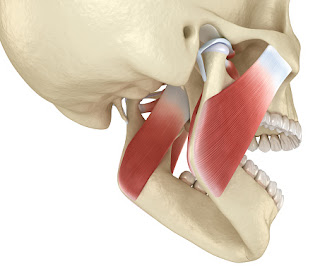Discussing Concussion Drug-Free Treatment
Although concussion is a common sports injury, there are few published data on effective treatments. Many current recommendations are based on anecdotal evidence and consensus. Even when the search is expanded beyond the realm of sports, to include all forms of concussive brain injury, data remain scarce. The following article reviews the current recommendations for the management of sport-related concussion and some of the previously studied, potential therapies for the signs and symptoms of concussive brain injury in general. It is not an exhaustive review of all possible candidates for therapy, but rather a discussion of some of the more common recommendations, common therapies, and potential medications with the most published data available.
The terms concussion and mild traumatic brain injury are used interchangeably. However, concussions are not always mild. Exactly when a mild traumatic brain injury becomes moderate is unclear. Most often, the difference between mild, moderate, and severe traumatic brain injury is determined by the Glasgow Coma Scale at the time of injury. However, the acute characteristics of concussion do not consistently predict recovery time. At some point, if symptoms and deficits in cognitive function persist, the patient originally believed to have mild traumatic brain injury should be considered to have more significant injury. This review discusses therapies investigated for the treatment of functional traumatic brain injury as a whole, not solely those initially labeled as mild.
In this post, you won’t find any recommendations to treat concussion symptoms with acetaminophen, Tylenol, or ibuprofen. We’re discussing concussion drug-free treatment and aimed at helping you recover from a loss of consciousness.
Rest
The American Academy of Neurology, an authority on sports-related concussion and symptoms of concussion, says that the foundation of concussion treatment includes rest. Sleep and quiet rest should be encouraged. Excessive stimulation (e.g., exposure to loud noises or bright lights) should be avoided when possible. In other words, no video games or contact sports while recovering from a concussion.
Range of Motion Exercises
Head trauma caused by incidents like sports injuries can result in brain swelling. For this reason, the last thing you want to do is incorporate physical activity exercises that are going to put stress on the brain. Instead, most healthcare professionals and athletic trainers would agree that light range of motion stretches and exercises are all you need to begin concussion treatment.Again, these are simple range of motion exercises. You’ll move your head to the left, to the right, up, and down. You’re looking to get normal motion back into the spine.
Stability Exercises
Stability exercises are a natural, drug-free concussion treatment method commonly seen in medical care. The purpose of stability exercises is to put someone who experienced a head injury into an unstable environment. Thus, these exercises are meant to help stimulate the brain to fire those proprioceptors. You could start a stability exercise by lifting one leg off the ground to test your balance and gain stability. Once you’ve mastered a leg lift, you can then move on to exercises such as light leg curls. With time, you can gradually increase the intensity of these stability exercises.
Chiropractic Care
An upper cervical care chiropractor can be another medical professional when considering natural concussion treatment methods. People who experience a sports concussion or car accident are common clients of a chiropractor. Using an X-Ray, a chiropractor can see whether you have signs of neck injuries commonly associated with concussions. Then, they can provide you with relief of neck pain and headaches along your recovery timeline.




Comments
Post a Comment